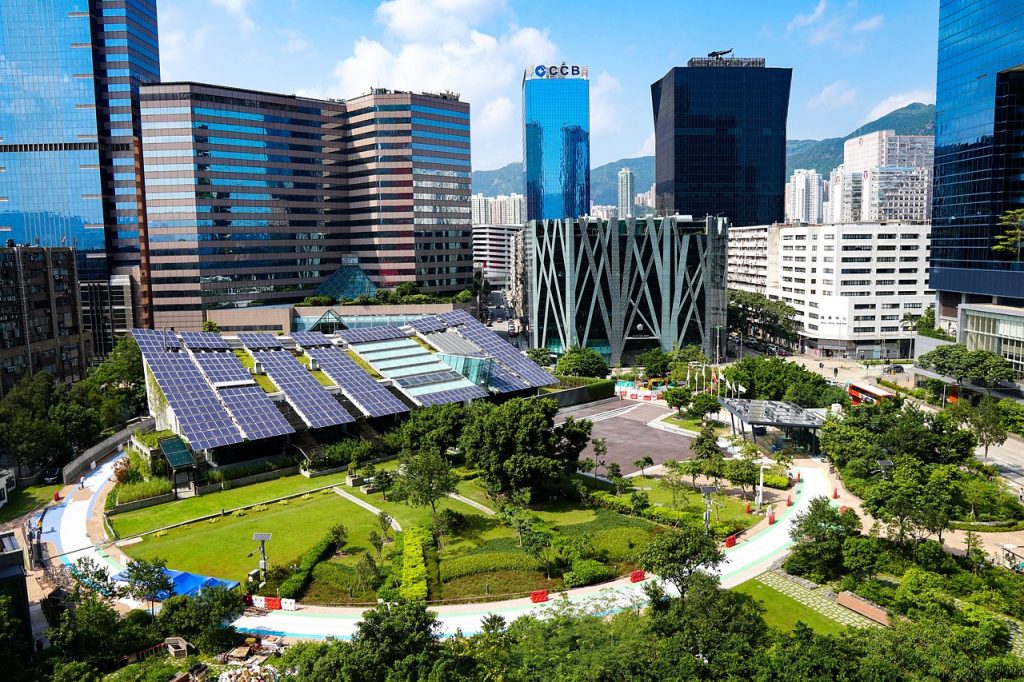Eco-Friendly Home Makeovers: Transforming Your Space Sustainably

In this post we invite you to create an eco-friendly sanctuary through sustainable home makeovers! As climate change looms as a pressing global issue, transforming your living space with innovative and eco-conscious practices can significantly contribute to a greener future. In this detailed blog post, we will explore a myriad of green home improvement ideas, backed by data, research, and statistics, along with some reputable companies and brands leading the way in promoting green living. Let’s embark on this inspiring journey to transform your home into an environmentally responsible haven!
1. Conduct an Energy Audit:
Before diving into eco-friendly makeovers, start by understanding your home’s energy consumption. Consider hiring a professional energy auditor or utilize tools like the Home Energy Saver from Lawrence Berkeley National Laboratory. An energy audit will identify areas where energy efficiency can be improved, helping you prioritize upgrades.
2. Insulation:
Boosting your home’s insulation is a foundational step in reducing energy waste. According to the U.S. Department of Energy, proper insulation can save homeowners up to 15% on heating and cooling costs. Brands like Owens Corning and CertainTeed offer eco-friendly insulation materials made from recycled materials.
3. Upgrade to Energy-Efficient Windows:
Replacing old windows with energy-efficient ones can significantly reduce heating and cooling costs. The Department of Energy estimates that Energy Star certified windows can save homeowners up to $465 annually on utility bills for a 2,000 square foot home.
4. Harness Solar Energy:
Embrace the power of the sun by installing solar panels on your roof. Solar energy is not only renewable and abundant but can also save you money in the long run. According to the Solar Energy Industries Association, the average homeowner saves around $1,000 per year by going solar.
5. Opt for Sustainable Flooring:
Revamp your home’s flooring with eco-friendly options such as bamboo, cork, or reclaimed wood. These materials are not only aesthetically appealing but also sustainable and renewable. Brands like Cali Bamboo and EcoFusion offer a wide range of eco-conscious flooring solutions.
6. Eco-Friendly Paints:
Conventional paints can release volatile organic compounds (VOCs) into the air, contributing to indoor air pollution. Choose low-VOC or zero-VOC paints from companies like Benjamin Moore’s Natura or Sherwin-Williams’ Harmony to improve indoor air quality while adding a fresh coat of color to your home.
7. Sustainable Furniture:
When updating your furniture, opt for pieces made from sustainable materials like FSC-certified wood or recycled materials. Brands like West Elm and Crate & Barrel offer sustainable furniture collections that combine style with environmental responsibility.
8. Water-Efficient Fixtures:
Replace old faucets, showerheads, and toilets with water-efficient alternatives. According to the EPA’s WaterSense program, water-efficient fixtures can save a household up to 8,000 gallons of water per year, reducing both water consumption and utility bills.
9. Implement Smart Home Technology:
Invest in smart home devices and systems to optimize energy usage. Smart thermostats like Nest and Ecobee can learn your preferences, adjusting heating and cooling accordingly, saving you energy and money.
10. Rainwater Harvesting:
Utilize rain barrels or cisterns to collect rainwater for outdoor use, reducing the demand for municipal water supply and easing the strain on local water sources during droughts. Companies like Rainwater HOG and Bushman USA offer innovative rainwater harvesting solutions.
11. Vertical Gardens and Green Roofs:
Create your personal green oasis by incorporating vertical gardens on walls or adding a green roof. Green roofs can provide better insulation, reduce stormwater runoff, and increase biodiversity in urban areas.
12. Home Automation for Energy Efficiency:
Integrate home automation systems to optimize energy usage. Smart lighting controls, motion sensors, and smart plugs can help manage energy consumption efficiently.
13. Composting System:
Set up a composting system to divert organic waste from landfills. Composting enriches soil health and reduces greenhouse gas emissions associated with waste decomposition.
14. Eco-Friendly Cleaning Products:
Swap conventional cleaning products for eco-friendly options. Brands like Method, Seventh Generation, and Mrs. Meyer’s offer biodegradable and non-toxic alternatives that are gentle on the environment.
15. Efficient Appliances:
Upgrade to energy-efficient appliances with an Energy Star label. Energy-efficient refrigerators, washing machines, and dishwashers can significantly reduce electricity and water consumption.
16. Be Mindful of Materials:
When renovating or redecorating, choose materials that are sustainably sourced and have a lower environmental impact. Look for certifications like Forest Stewardship Council (FSC) for wood products or Cradle to Cradle (C2C) for various materials.
17. Use Natural Ventilation:
Maximize natural ventilation by strategically placing windows and creating cross-ventilation. This reduces the need for air conditioning and improves indoor air quality.
18. Sustainable Landscaping:
Design your landscape with native plants that require less water and maintenance. Incorporate a rain garden to capture and filter stormwater runoff, preventing water pollution.
19. Install Smart Irrigation Systems:
Utilize smart irrigation systems with weather-based controllers to optimize watering schedules, reducing water waste.
20. Recycled Materials in Design:
Incorporate recycled materials into your home design. Recycled glass countertops, tiles made from recycled materials, or furniture crafted from repurposed items contribute to a circular economy.
21. Energy-Efficient HVAC:
Upgrade your heating, ventilation, and air conditioning (HVAC) system to an energy-efficient model. According to the Department of Energy, high-efficiency HVAC systems can reduce energy consumption by up to 20%.
22. Use Renewable Energy Certificates (RECs):
If installing solar panels is not feasible, consider purchasing Renewable Energy Certificates. RECs support renewable energy production and enable you to claim green energy for your home.
23. Waste Reduction and Recycling Stations:
Implement recycling stations throughout your home to encourage waste reduction and proper recycling. Clearly label bins for different recyclables and compost.
24. Energy-Efficient Roofing:
Choose energy-efficient roofing materials that reflect sunlight, reducing heat absorption and cooling costs. Metal, cool roof coatings, and solar shingles are excellent options.
25. Sustainable Home Design:
If building a new home or doing extensive renovations, consult with architects and designers who specialize in sustainable home design. Consider passive solar principles and energy-efficient building techniques to optimize your home’s eco-friendliness.
Ta-da! You’ve just unlocked the secret to an eco-tastic home makeover! With these 25 savvy and data-driven green living ideas, your home is now the envy of nature itself. Who needs conventional when you’ve got a stylish and planet-friendly sanctuary that’s turning heads and saving the planet, one solar panel at a time? So go forth, fellow eco-warrior, and let your home be a shining beacon of sustainability, reminding the world that being green is the new black. Cheers to you and your fabulous eco-friendly abode!





